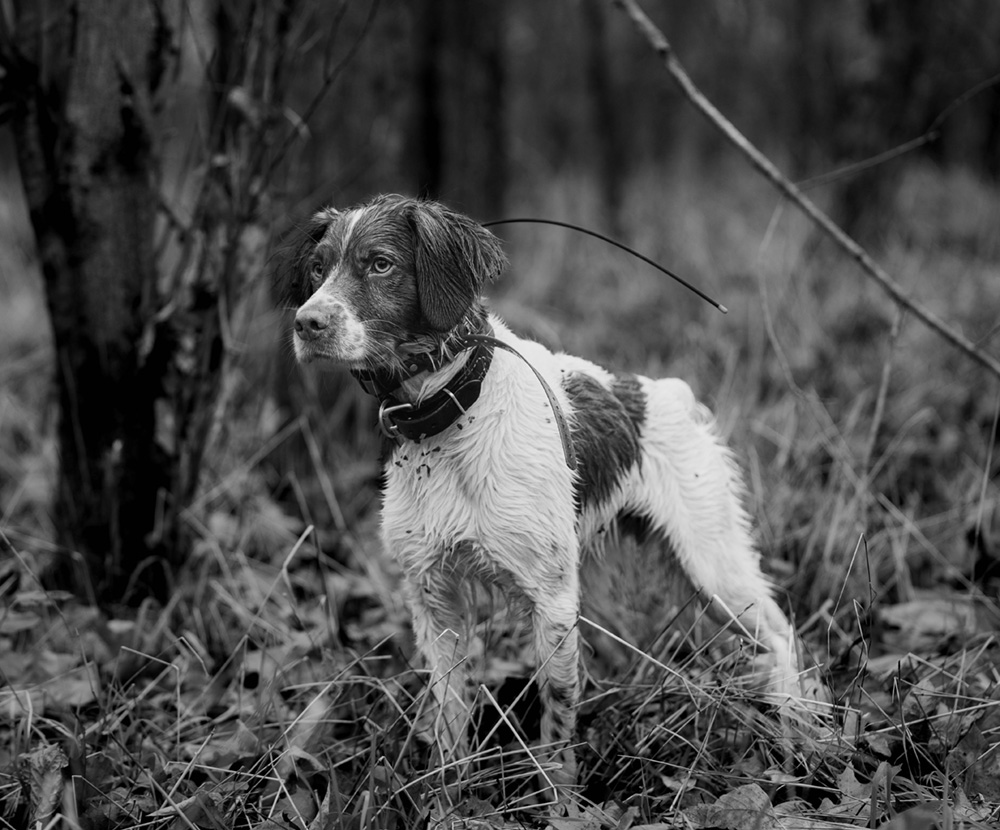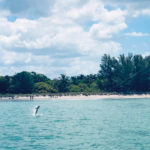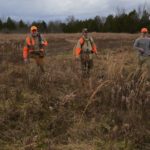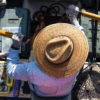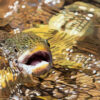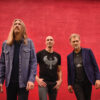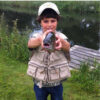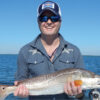Some of my earliest memories as a boy growing up in 1970s Martinsville are of sitting in my paternal grandfather’s den, in a house he built with his hands, woodstove glowing, old pipe smoke perfuming the room and everything in it.
The items in that old room that captured my interest were prints of a rabbit and a bobwhite quail, and a ruffed grouse and a bobwhite quail, hung by their feet to age from wall nails, a visual celebration of successful hunts. My father, a lifelong angler but not an active hunter, helped me connect the bobwhite quail in the prints with the singsong “bob white” call we heard in the scrub in the woods by our home and in the Virginia countryside. That sound and the thought of the birds that issued it formed part of my fabric of belonging and home. Despite a steep population decline of bobwhite in my home state and throughout their North American range, the bobwhite call has remained in my heart the avian soundtrack of outdoor life in southside Virginia.
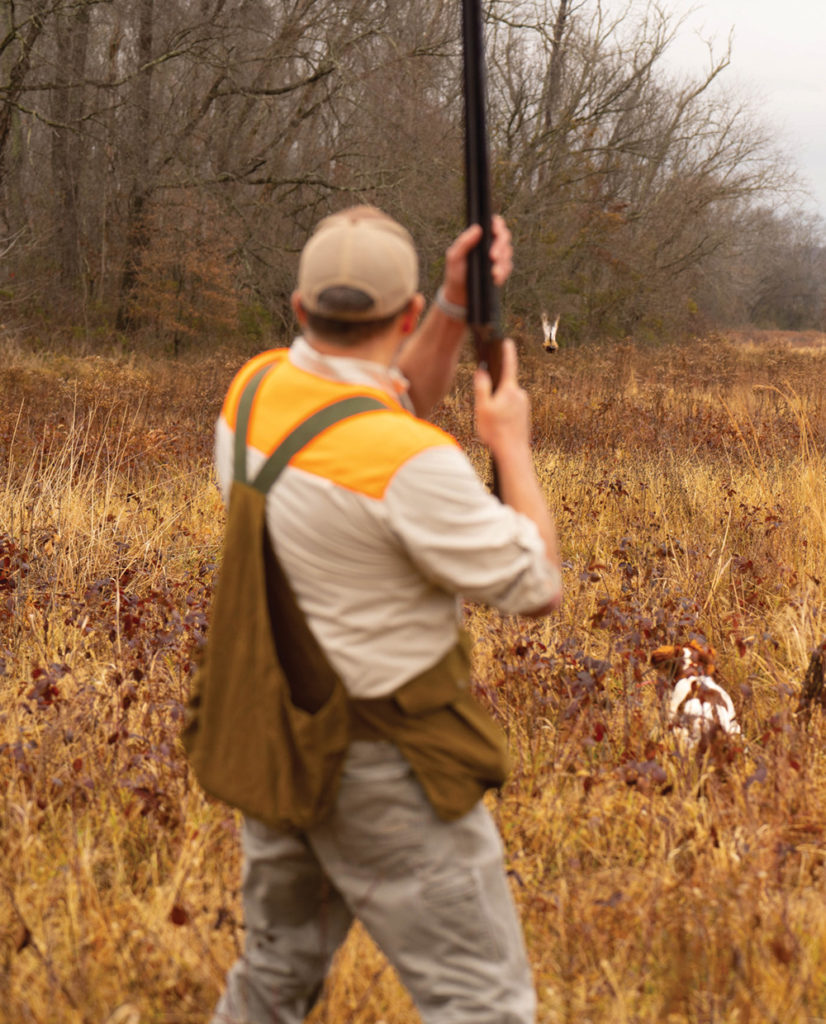
It was not until nearly four decades later, during the curious turn that the middle years of one’s life can bring, that a squirming Brittany pup, Lincoln, activated my inheritance as a descendent of Virginia bird hunters. The situation I surveyed then, five years ago, was dramatically different from the one I remembered as a boy. Across our state, the bobwhite call had gone from commonplace to nearly absent. As a new bird hunter in search of wild birds, it struck me as ironic that we’d have to travel to Kansas or Nebraska for a chance to bag our first Colinus virginianus, which historically were once referred to as “Virginia quail.” Much of the joy I experienced in taking our first wild bobwhites was the connection I felt with my Virginia bird hunting ancestors, especially my deceased grandfathers. The location and landscape were dramatically different. But holding those smart-looking soft-feathered birds, harvested with bird dogs, I felt a profound intimacy experienced long ago back in Virginia.
So, at the start of this season, Virginia bobwhite remained at the top of my bird hunting bucket list. I’d only recently learned that Virginia’s bobwhite quail may well have been at the nadir of their decline when we first picked up Lincoln as a pup. Since then, I’ve heard excited reports of wild coveys on private land in Virginia. Last year, Lincoln and I had a rare yet unsuccessful encounter with a covey on public land and wondered, “Could they be coming back?”
A fortuitous meeting at the entry of a Virginia WMA early this year offered some answers to my questions, and, perhaps, an omen that our supreme bucket-list bird was about to be checked off our list. Lincoln and I had just pulled into the WMA’s entrance, and when I stepped out of my Jeep, I heard the distinctive jingle of a bird dog bell, met the Llew named Tilley attached to it and her main man Marc Puckett. Later, I learned from several Virginia landowners who have worked with Puckett is that he is one of the key long-time leaders of the Virginia Department of Wildlife Resources (DWR) team responsible for an increase in contacts with wild coveys of bobwhite quail in Virginia.
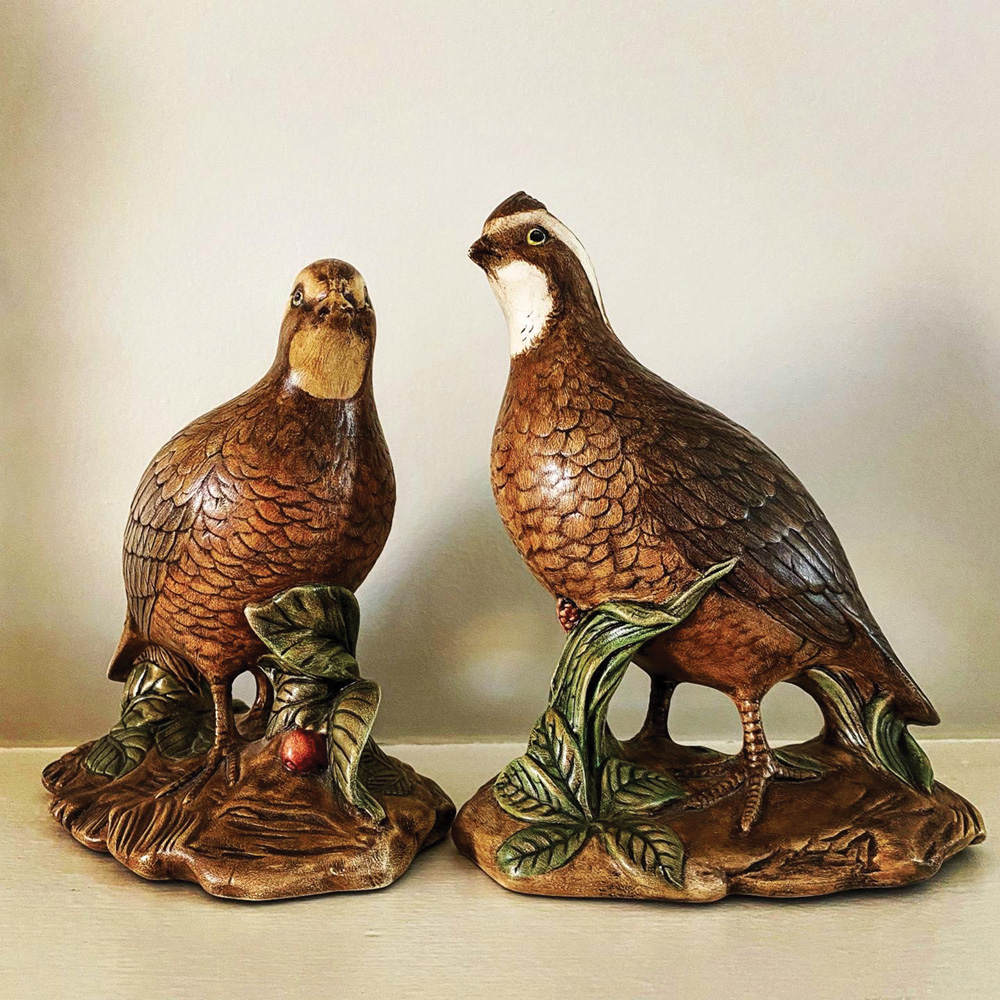
Puckett is as generous in answering questions about our state’s efforts to restore wild quail populations as his team has been effective in those endeavors on private and public land. He helped me understand that the state’s and private landowners’ early successional habitat work over the past four decades, enhanced by partnerships with the Natural Resources Conservation Service, the Conservation Management Institute at Virginia Tech, the Nature Conservancy, Quail Forever and others, may be reaching a tipping point. This accounts for the modest increases we’re experiencing, assisted by the birds’ more recent adaptations to disease, predation and new food sources. Puckett also framed the importance of holding in balance a healthy interest in harvesting wild Virginia bobwhite with a more conservative take on harvest numbers than the Commonwealth’s current bag limit (six per day, east of the Blue Ridge only) might suggest. While enthusiastic harvesting within legal limits is not likely to impact bobwhite populations at the state or county levels, coveys are still rare and vulnerable on any property or in any WMA. More conservative approaches to harvesting these birds must be adopted by bird hunters. This includes taking fewer birds and refraining from hunting close to sunset, so coveys have a chance to reassemble before nightfall.
I am deeply indebted to Puckett for this great information and for the DWR team’s efforts on behalf of these quintessentially Virginian birds. But I’m also grateful to this titan of Virginia bobwhite restoration and his Llew Tilley for the good luck they passed on to me and Lincoln as we started our hunt the afternoon we met. It was the last day of Virginia’s American woodcock season, and I’d taken a couple hours of vacation time to spend some of that last day with Lincoln. After we left Puckett and Tilley to pursue woodcock, we had no luck, uncharacteristic for us this season. The woodcock that day were atypically as spooky as long-tailed cats in a room full of rocking chairs, and they either flushed from our approach or ran from Lincoln’s points, preventing me from a single good shot over the course of our hunt.
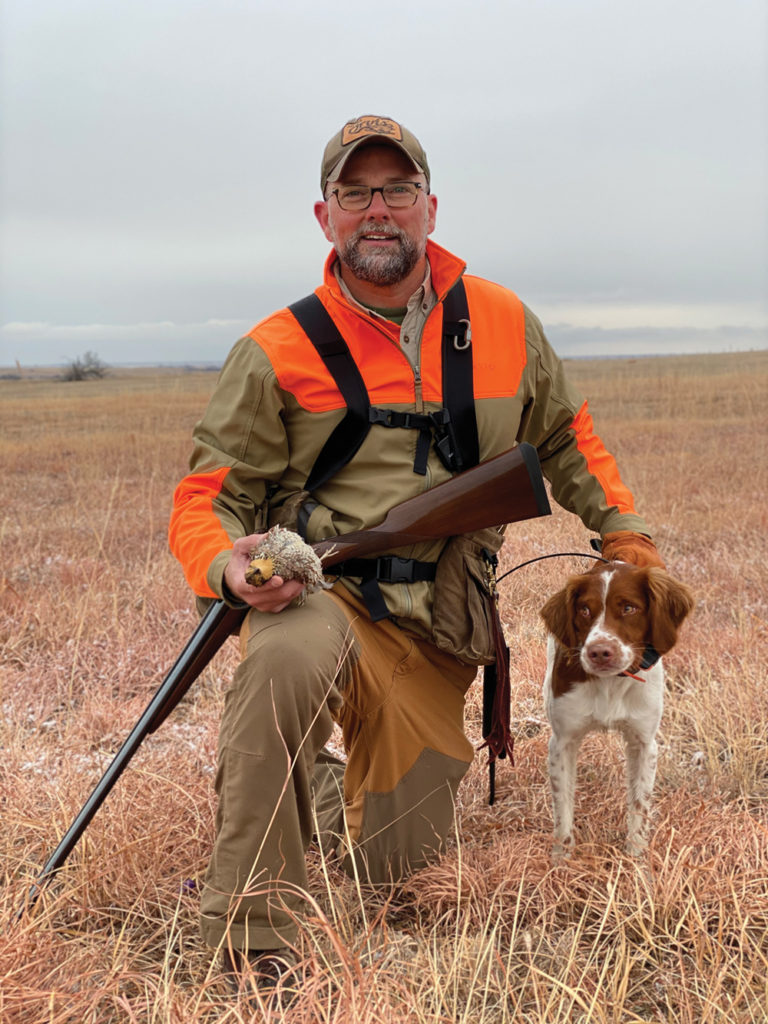
I began the walk back to my Jeep feeling kind of sorry for us, but then Lincoln ducked into a pine thicket and locked up about 50 yards from me. I spotted him in an intense point and immediately knew he had something.
“Wow, finally!” I thought. “A woodcock that isn’t running from us!”
I stepped into the brush in front of him and a covey of eight or nine bobwhites exploded. Honestly, my first thought was, “That sure is a lot of woodcock!”
I snapped off a first flustered shot (I would have bet $1000 I didn’t hit a thing), and then, realizing Lincoln had found not woodcock but quail, I swung to my left towards the rest of the flush and reminded myself to pick just one. I did and saw it fold into the clearing we came from. I gave Lincoln the fetch command and told him to dead bird hunt. I was confused when he ran in the wrong direction, but I finally got him to come towards me, close to where the bird fell from my second shot in the clearing. He surprised me by trotting up to my side.
“That’s weird,” I thought.
I looked down and saw him holding in his mouth a bird I inexplicably hit with the first shot. You could have knocked me over with a feather: a double scored by a cross-eye dominant shooter of a side by side, off a single covey of wild Colinus virginianus on public land in Virginia, pointed and held by Lincoln and followed by two perfect retrieves to hand.
I hope the intuition I felt in my bones that afternoon was true, and the celestials parted the curtains so my Virginia bird hunting grandfathers could witness it.
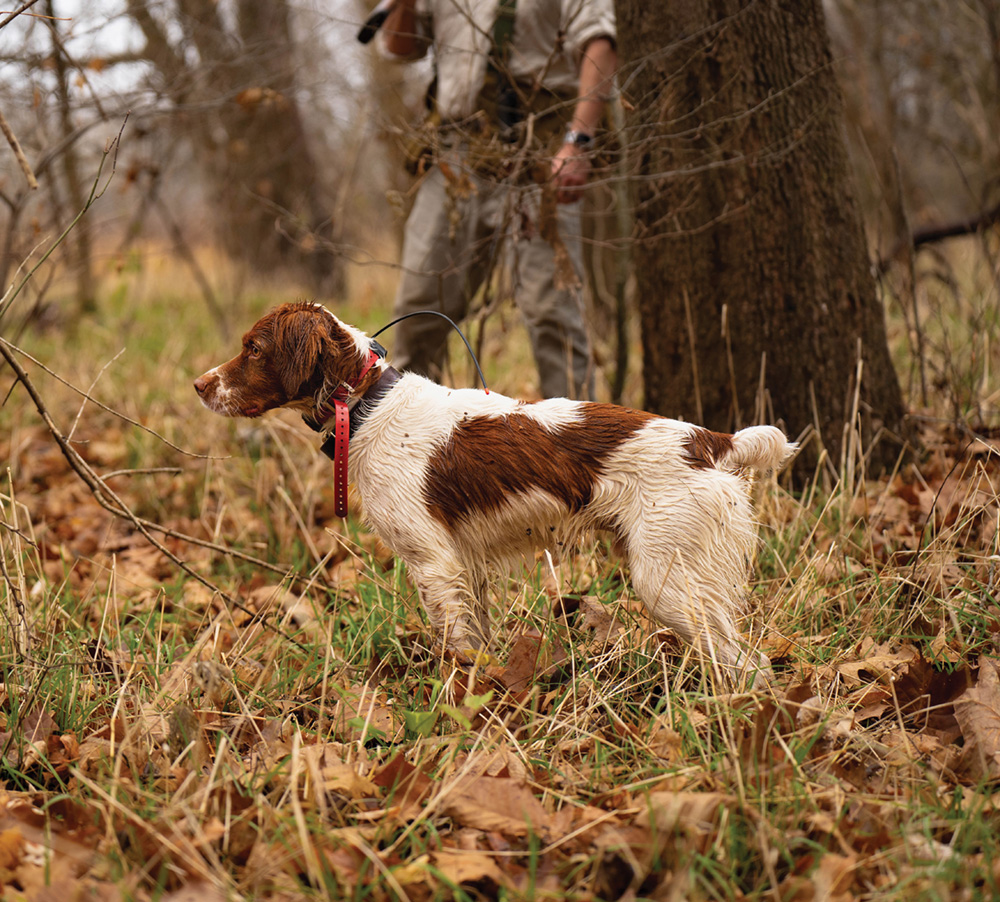
So much of our home is a tribute to them. The reminders include prints that once hung in my grandparents’ home and are now restored and reframed in our den, ceramic bobwhite quail figurines hand painted by Mema Moore and the gun cabinet Granddad Moore built with my dad when he was a boy that now holds Papa Byrd’s Remington Wingmaster. Every woodfire I build and pipe smoke I smell remind me of them and how much I miss them. To all of that, I was able to add two wild Virginia bobwhite quail taken on public land, cleaned, cooked and put into my wife’s game bird pie to serve as sacrament for the Virginia heritage that bequeathed to me a long dormant love for bird dogs and bird hunting that, having now blossomed, enlivens my middle years. I know they’d be thrilled something fierce to witness their grandson and Lincoln on that wild covey. And I know they’d feel the same gratitude I feel for Puckett, his team at the Virginia DWR and so many others, and for all the trouble that went into giving us that precious double.
Robb Moore is a ninth-generation Virginian and splits time between Richmond and Farmville with his wife, Heather, and their Brittany, Lincoln. In addition to his day-job as a higher-education administrator at his alma mater, the University of Richmond, Robb also helps out as an amateur bird-dog trainer at Orapax Hunting Preserve. He writes about his and Lincoln’s training and bird hunting journey for various outdoor publications and at his blog, amanandhisbirddog.com.
Cover photo: Robb Moore’s American Brittany, Lincoln. Photo by Eric Kallen

